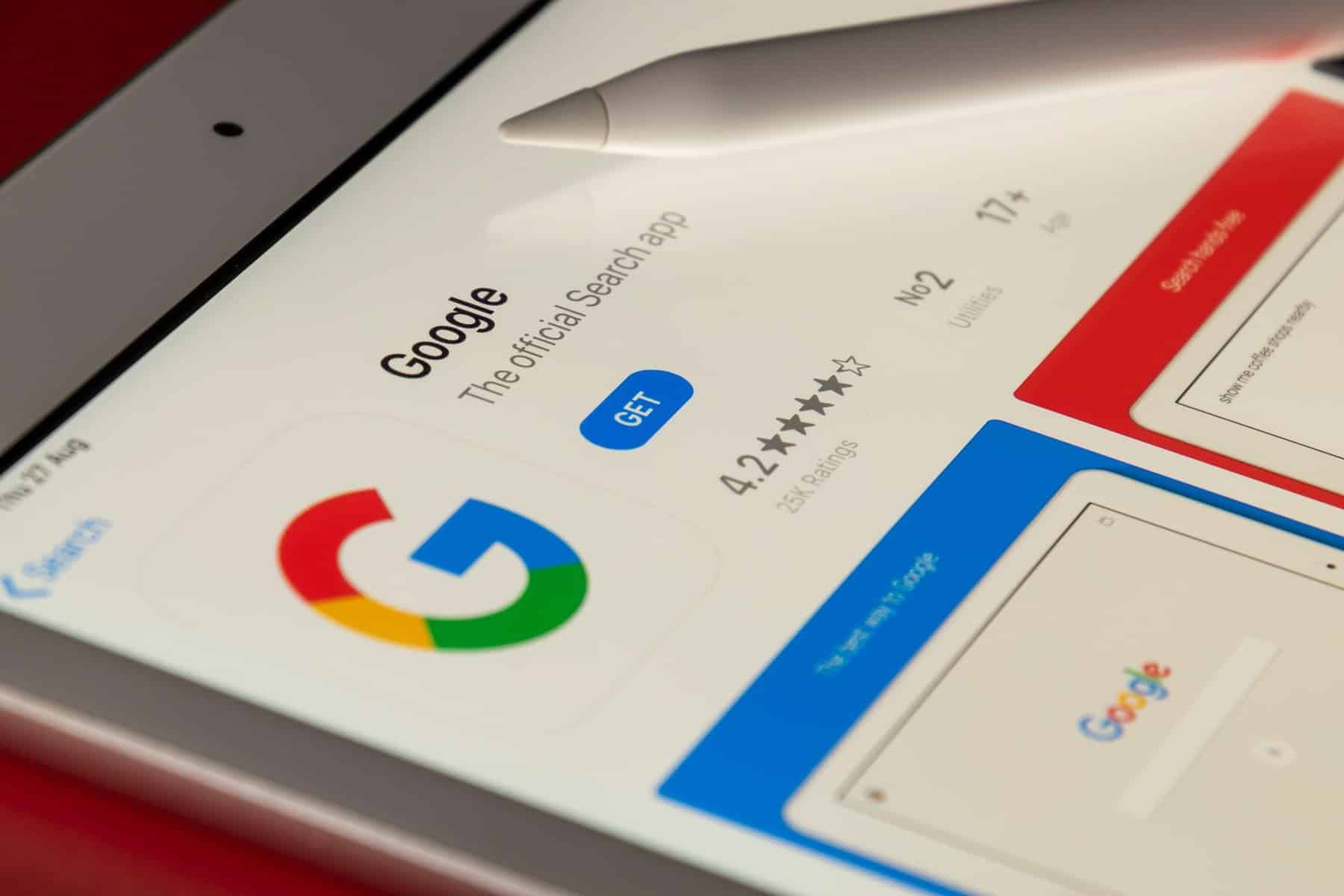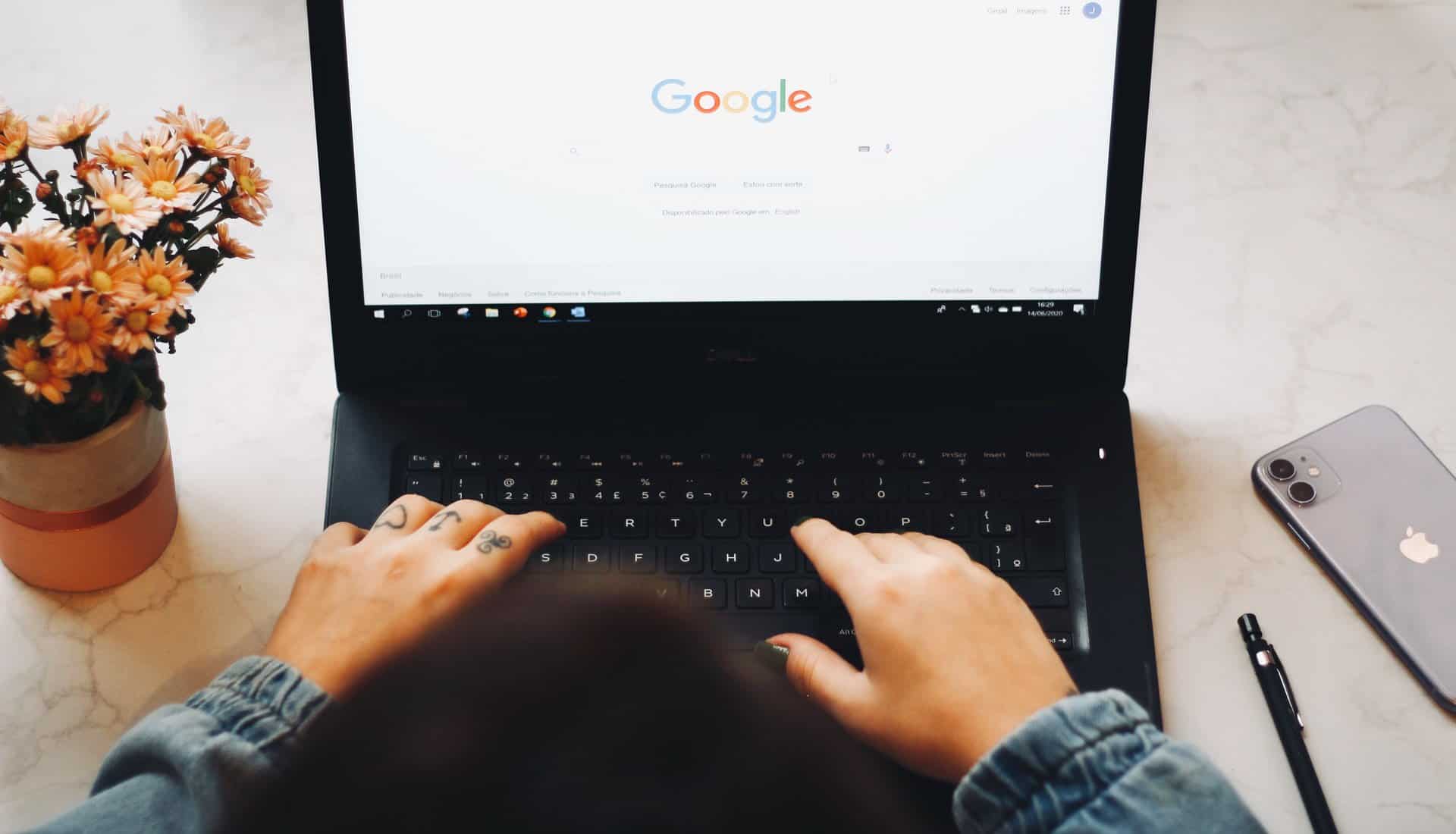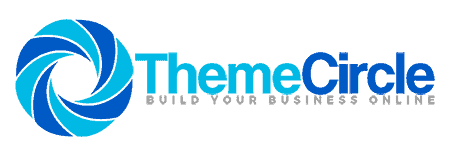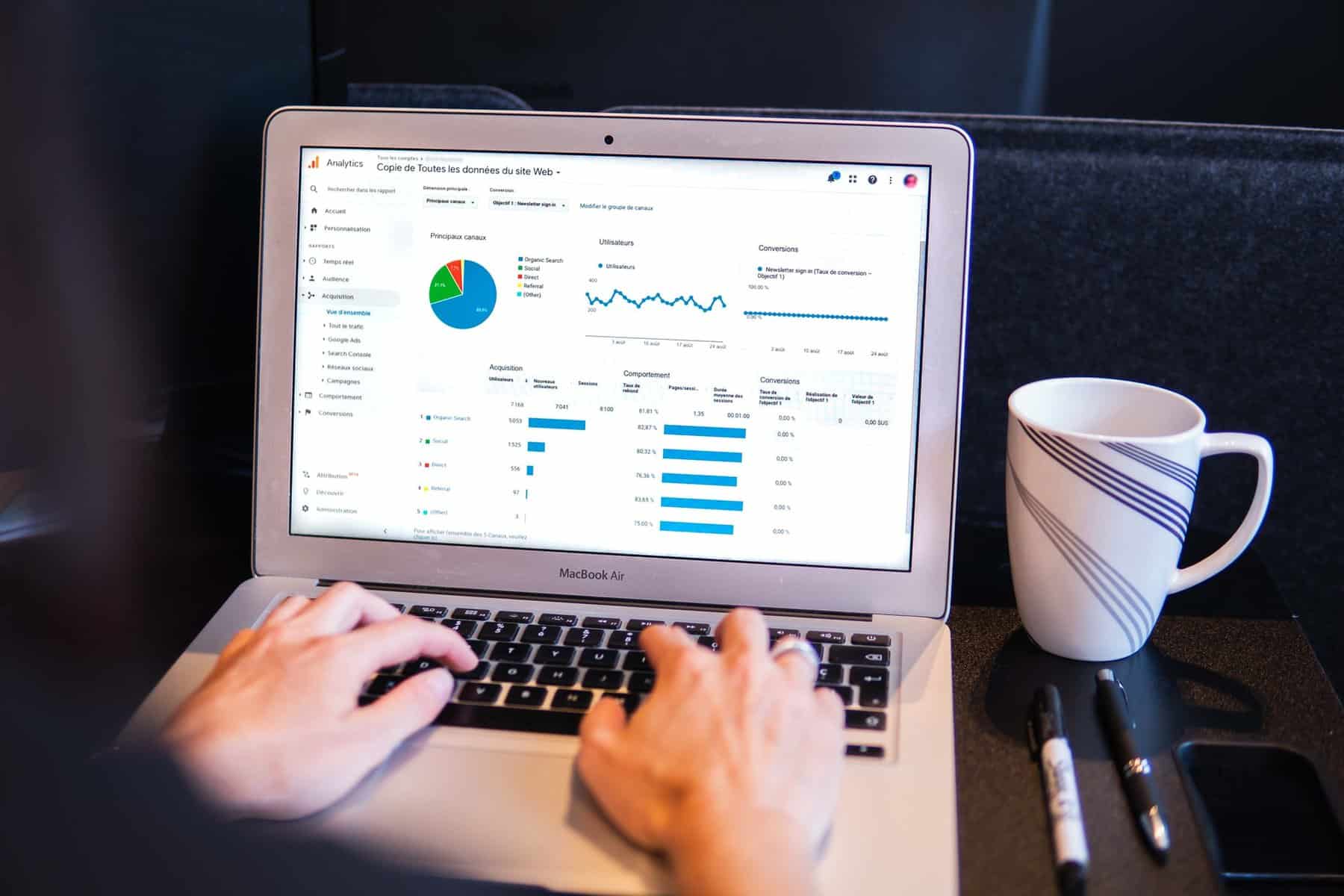SEO is the process of trying to improve the online visibility of a website within the organic search results. Google Ads, also known as Pay Per Click (PPC) advertising, are displayed up to four times at the beginning and end of every page on Google. We spoke with an expert digital marketing agency to get their feedback on why you should select using one option or the other.
What is the difference between Google Ads and SEO?
Google can adjust every search results page dynamically depending on what they believe will best help to answer the users' search query or keyword. However, in most cases, it will be made up of the following:
- The first area of the page is usually reserved for Google Ads. The number of ads displayed can range from one to four. The amount of ads shown is variable because it depends on several factors, such as how much competition there is and whether enough companies are willing to pay to display an ad.
- The next part of the page is known as the map pack or local pack. It's where Google displays Google Business Profile listings, formerly Google My Business. There can be up to three organic listings, and within Google Ads, there is an option to display a Google Business Profile page as an ad. Therefore, in total, there may be up to four listings displayed.
- The following section is where results known as organic search results are displayed. They are called organic because a business cannot pay Google directly to rank for those positions. If companies would like to rank their website higher within these search results, they may need to do search engine optimization to increase their chances. Each search result is typically made up of three components:
- The first is the target or URL or the proposed landing page a user will land on if they click the listing.
- The second is what is known as the title tag. It is often in a larger font and blue.
- The final section is the meta description of a webpage and is usually in smaller font.
- Google Ads completes the page with another one to four Google Ads listings.
What are the pros of SEO?
 -It is free as you do not need to pay every time someone clicks on your search result(s).
-It is free as you do not need to pay every time someone clicks on your search result(s).
-SEO improves the online credibility of a company and may also impact customers' opinions from a trusted perspective.
-It's operating 24/7, not just on the days you have set your Google Ads to run.
-SEO helps target customers at every stage of the buying process.
-It can help improve a Google Ads campaign, especially when a website ranks top of page one for a keyword and displays an ad. It will increase the likelihood of capturing the customer.
What are the cons of SEO?
-It generally takes far longer to start generating leads through SEO.
-The return on investment will not necessarily be as immediate.
-In competitive niches, the investment may need to be very high.
-There are no guarantees in SEO that you will rank on page one.
-By using SEO, you will not have complete control over the keywords you rank for. Nor can you select which target URLs search engines decide to display.
-There is a chance that you may get penalized, and potentially, all your hard work and money could go to waste.
For this reason, working with an SEO agency that only uses white-hat SEO strategies is essential. Essentially, they will only use methods that the search engines have approved. They won't try to game the system using black hat SEO strategies.
What are the pros of Google Ads?
 -It is possible to rank at the top of page one almost immediately, generating an almost immediate return on investment.
-It is possible to rank at the top of page one almost immediately, generating an almost immediate return on investment.
-Helps your business gain unbelievable exposure by ranking at the top of the page and being one of the first things a customer views when loading the page.
-You have complete control over your campaign: You can select how much to spend on any day and at any time. You can also easily make changes on the fly as required. For example, if you suddenly have a significant increase in work, you can reduce your Google Ads spending accordingly.
What are the cons of Google Ads?
-You will need to pay virtually every time someone clicks on your ad. We used the word ‘virtually' because if the Google Ads algorithm detects a non-genuine click, such as from a direct competitor, they may refund the cost.
-As soon as you pause your campaign, your visibility within Google Ads will cease immediately.
-Many factors determine the cost per click. However, it can get costly, in particular for competitive niches. Also, the cost per click has steadily increased over time, and as competition increases, this is likely to continue to grow.
-The ads you can display do have limitations in the amount of space available. Also, Google Ads is not available to every industry. Therefore, before even considering using Google Ads, you should review the areas of business for which you cannot use it.
-Your landing pages may require ongoing work to ensure your ads quality score is as best as possible to help reduce the cost per click.
Summary
Invariably, both are separate channels within digital marketing, and the more channels you use, the more likely your website will receive more queries. If possible, it can be an excellent option to try using both and continue with the option that generates the best return on your investment.
If your business is a startup and you urgently require cash flow, Google Ads may be more suitable as it can help immediately get you more business. However, if your new business venture is a side business and you already have a stable income, search engine optimization could be better for you in the long run.





